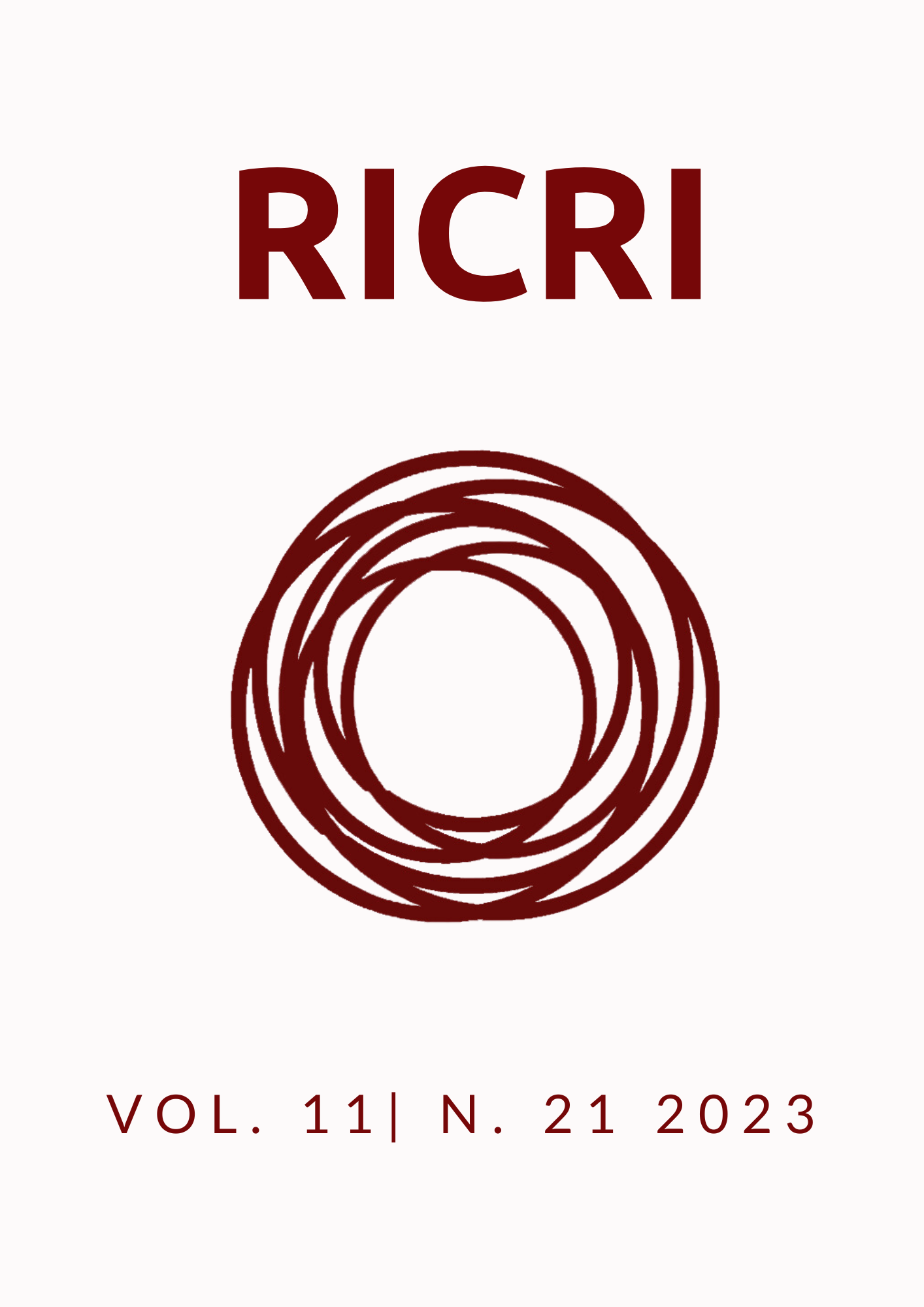Walking into the extremes
How does migration affect the vote for the far-right and far-left in the European Union
DOI:
https://doi.org/10.22478/ufpb.2318-9452.2023v11n21.66909Resumo
This paper investigates the relationship between the “extreme vote” and the percentage of foreigners in a selected group of European Union (EU) countries. The study explores the hypothesis that an increase in the foreign population within an EU country positively influences support for extreme parties, particularly on the far-right side. Quantitative methods, including OLS regression models, are employed to analyse the electoral support for far-right and far-left parties. The study considers variables such as the total number of newly arrived foreign population (divided into EU and non-EU categories), the percentage share of foreigners in the total population, and the variation of these metrics over time. Geographical location is also taken into account using binary variables representing regional groupings. Data are sourced from Eurostat, national government departments, and the Chapel Hill Expert Survey. The analysis focuses on a group of 14 EU member states with varying levels of immigration between 2013 and 2019, aiming to shed light on the complex relationship between immigration and extreme voting tendencies.
Downloads
Publicado
Como Citar
Edição
Seção
Licença
Copyright (c) 2023 Revista de Iniciação Científica em Relações Internacionais

Este trabalho está licenciado sob uma licença Creative Commons Attribution-NonCommercial 4.0 International License.
Autores que publicam nesta revista concordam com os seguintes termos:
- Autores mantém os direitos autorais e concedem à revista o direito de primeira publicação, com o trabalho simultaneamente licenciado sob a Atribuição-NãoComercial 4.0 Internacional (CC BY-NC 4.0) que permite o compartilhamento do trabalho com reconhecimento da autoria e publicação inicial nesta revista.
- Autores têm autorização para assumir contratos adicionais separadamente, para distribuição não-exclusiva da versão do trabalho publicada nesta revista (ex.: publicar em repositório institucional ou como capítulo de livro), com reconhecimento de autoria e publicação inicial nesta revista.
- Autores têm permissão e são estimulados a publicar e distribuir seu trabalho online (ex.: em repositórios institucionais ou na sua página pessoal) a qualquer ponto antes ou durante o processo editorial, já que isso pode gerar alterações produtivas, bem como aumentar o impacto e a citação do trabalho publicado (Veja O Efeito do Acesso Livre).




